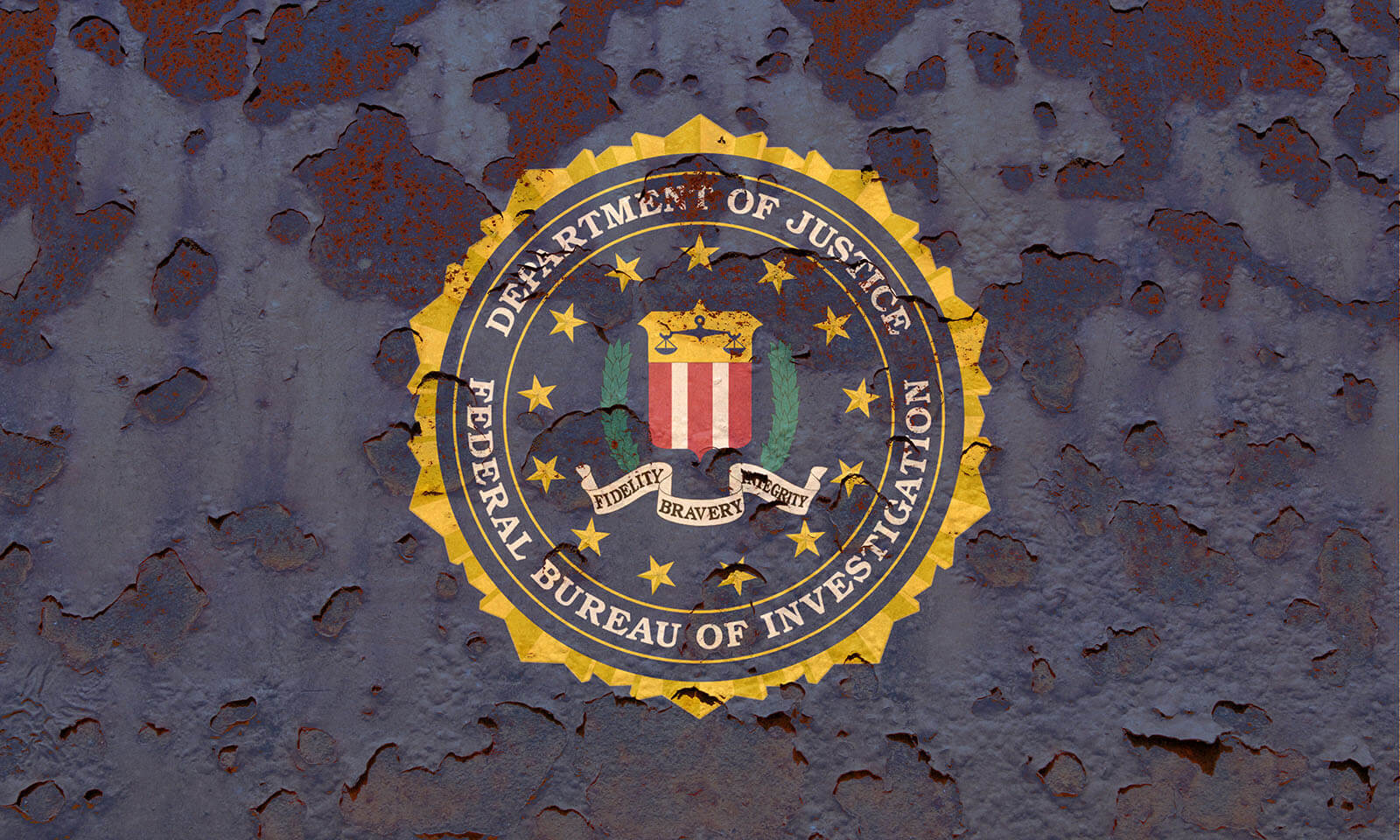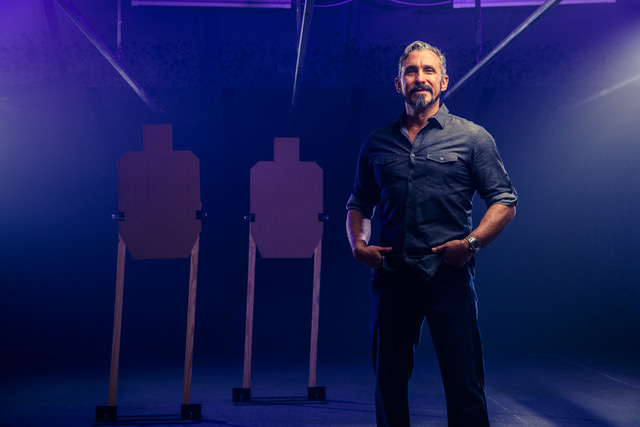Is there a need for a different ammunition test for civilian self-defense scenarios? It’s a good question and bears first understanding the current testing method and how it came into existence. Traveling back to the 80s and a tragic shootout between federal agents and hardened violent criminal actors brings us to the 1986 FBI Miami Shootout. In the aftermath, a question was raised as to why the chosen ammunition failed to stop the bad guys. The search for new ammunition, even a new caliber began. To address scenarios a law enforcement officer could face in the performance of their duties, the test was designed to evaluate performance through several different mediums. Over the years, the FBI Ballistic Testing has been the standard for modern law enforcement ammunition selection. Here are five reasons it may not be the best standard for armed citizens.
- Nothing but a performance score and not a predictor of gunfight performance
- No justifiable need for barrier penetration
- Manufacturers are encouraged to design bullets to perform well against barriers
- Arbitrary penetration depth may not be necessary
- Tested using full-size, duty firearms for law enforcement
The FBI testing also ushered in a new era of conformity. If the round was good for the Feds, then it was good for any other department, office or agency. This brought state-of-the-art testing to those who lacked the resources to conduct their own in-house tests. It allowed budget decisions to be made based on court admissible information. It built trust with officers knowing selected ammunition had been tested. It also created the opportunity for third parties to delve into the art of firearm ballistics to confirm or eliminate any biases through independent testing. In the early days, it was a good thing.
Not a Predictor of Realistic Performance
The FBI’s standards are nothing more than a performance score. To meet the standard, the round must achieve a minimum score through six stages. Seems simple enough. Except defensive gun uses by armed citizens do not follow the same patterns seen in officer involved shootings. That’s only one complication. Another and more difficult complication is the testing standards do not mean the round will perform well in a gunfight. Only that it meets a predetermined set of standards. You might think if a round meets these standards, it will perform well in a gunfight, and you are not totally wrong. There is a correlation that sometimes leads to blind obedience based on anecdotal data. This correlation surmises ammunition that performed well in the testing also performed well in officer involved shootings. The FBI testing gives us a good indication whether it will do well in a controlled setting and medium, but not a guarantee.
Armed Citizens Are Attacked in the Open
The six stages of the test are designed to replicate the most common scenarios law enforcement officers have faced or potentially could face. For instance, when responding to a critical incident, officers may face a suspect that ducks behind cover. It may be necessary for officers to shoot through these barriers to stop the attack. Sample barriers could be an internal wall of a home, behind a solid core door or from inside or around a vehicle. There is no way to know with any certainty what type of gunfight one could expect, and this test simply considers common scenarios faced in the past for law enforcement. How relevant are these tests for armed citizens involved in a defensive gun use? Out of the six stages, four require some type of intermediate barrier. Only the first two stages, bare gelatin and heavy covered gelatin, are shot without having to penetrate an intermediate barrier. These stages make sense for defensive gun uses. It would be very hard to argue in a court why a private citizen fired into a vehicle or through a barrier with no visual confirmation of the attacker. I’m not saying it can’t happen. I’m saying bullets designed for this purpose do not accurately reflect defensive gun uses.
Bullet Manufacturers Design and Build Bullets for Barriers
For a round to pass the FBI testing it must achieve a minimum score. If a round doesn’t complete a stage, it is impossible to achieve said minimum score. There are several scoring criterion: penetration, expansion and retention. The bullet must penetrate a minimum of 12 inches and is penalized if it fails to penetrate to this depth. It also cannot over penetrate to greater than 18 inches, which simulates a shoot-through condition. The 12–18 inches is intended to reflect different body types and angles to the vital anatomy. Expansion is optimized if it achieves 1.5 times the original unfired diameter. The broader surface area creates more damage, but also acts to slow the project to ensure it doesn’t over penetrate. Retention was something discovered when rounds needed to penetrate intermediate barriers. They were separating—in other words the jacket was separating from the core causing under penetration and fragmentation. Manufacturers are designing, testing and building bullets to pass this test. If an armed citizen only needs a round to pass the first two stages, you will be hard pressed to find one. And since manufacturers don’t want to produce a product that doesn’t meet the FBI testing standard, you get a round designed to meet all six stages. You might think that is a good thing and maybe it is, but it comes at a cost. To put it another way, it is hard to build a good anti-personal round and good anti-barrier round in one bullet.
No Real Reason for 12-inches
Of all the criterion observed, penetration is the most discussed. The bullet must penetrate deep enough to disrupt or destroy the vital life processes. The majority of self-defense shootings happen where the attacker does not attack from behind a barrier; they are in the open. Why is shooting through a barrier, which is anti-barrier, more important than shooting into the attacker, which is anti-personnel? As mentioned, it is often impossible to make a round that can do both well. The 12-inch minimum penetration also needs further understanding. Those who are well informed know this number was arbitrarily picked. It did have some basis from satisfactory performance from the field. These rounds were all chambered in the .38 Special; still a dominant choice for law enforcement at the time. The rationale behind 12-inches centers around whether the round can still penetrate from angles other than straight on or forward. So, if the attacker is bladed to you sideways, you may have to shoot through their extremities and still penetrate to the chest cavity. It is also quite common to see the hands come up to the center line to defend the body. We see this all the time in force on force, which leads me to another observation, and that is shooting the weapon. In force on force or scenario-based training, we see shots to the bad guy’s hand and gun. This is due to the last focus being the hands before shots were fired and in this case the weapon in the hands. Does there need to be a minimum penetration depth? I believe so. Does it need to be 12 inches? I do not believe so. There is no science to say 12 inches, 10 inches or even 8 inches will not be satisfactory to reach the vitals. It all depends on the scenario.
Smaller and More Compact Pistols for Concealed Carry
There is another overlooked observation in the FBI test. The test is performed using a full size or duty pistol, the typical side arm for law enforcement. Armed citizens carry their defensive firearms from concealment. Due to the nature of hiding the firearm, smaller, more compact-size pistols are preferred. Current purchasing trends indicate most new gun owners are buying a pistol to conceal and choosing the popular micro compact pistols. These pistols are great for concealing, but the downsize is a shorter barrel. The shorter barrel produces lower velocities. Velocity is the key to penetrating barriers. With lower velocities, it is hard to get these shorter barrels to perform well in stages where penetrating a barrier is required. In addition, some of the premium defense rounds for law enforcement are loaded to higher pressures to generate better barrier-penetrating velocities. This equates to more felt or perceived recoil. Through the smaller platforms, such as the micro compact pistols, it can produce more challenges in the form of controllability.
The armed citizen can use the FBI test as a starting point. The repeatable and observable measurements help compare apples to apples. By the same token, this controlled setting and medium does not equate to the best indicator for performance. To obtain a passing score a bullet must perform well through all six stages. There are only two out of the six stages applicable for armed citizens, and only 1/3 of the test replicates common scenarios for armed citizens. Because this test is used to select ammunition for large contracts, manufacturers are biased to meet these testing standards. It is hard to create the perfect bullet and since 2/3 of the test is against barriers, it makes sense to see bullets favor barrier penetration. The 12-inch mark is an arbitrary penetration depth. Should there be a minimum penetration depth? Yes, but it doesn’t need to be 12 inches. Full size or duty size pistols give good performance but are not applicable for the armed citizen. There should be a test or evaluation designed around the more common concealed carry barrel lengths. The time has come to work with all parties involved to best equip the armed citizen for self-defense.


